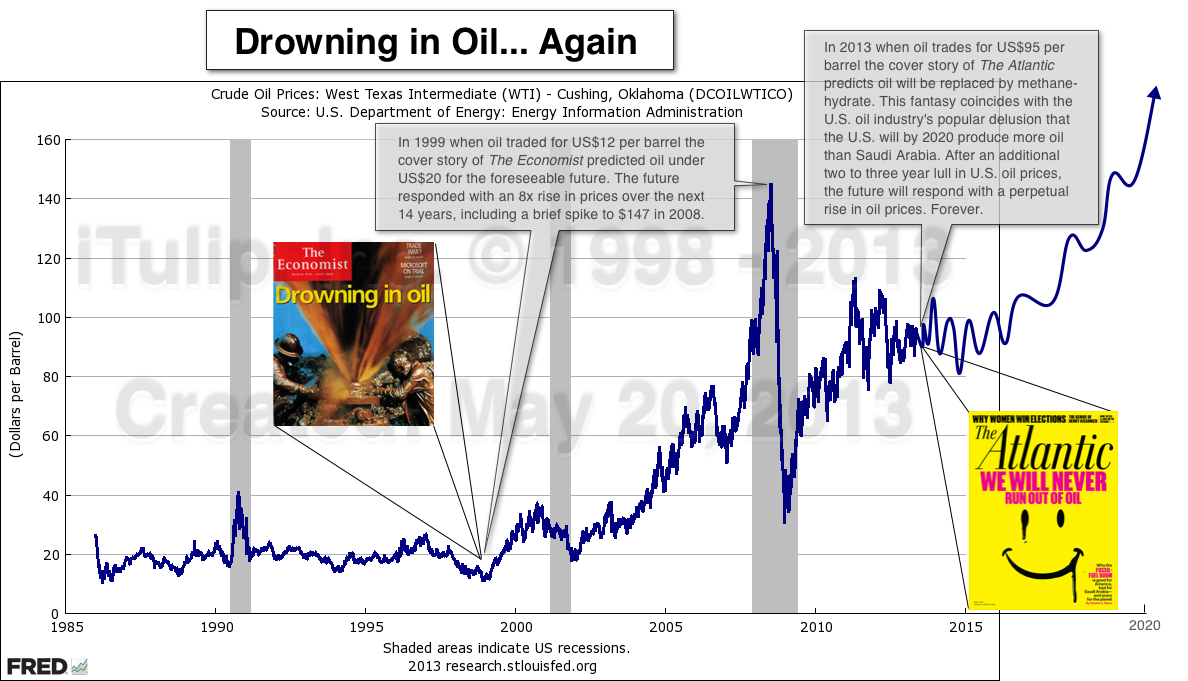Re: Roberts has yet to get the word
nah - ya think?
Originally posted by don
View Post
Over the past month there has been a statistically improbable concurrence of events that can only be explained as a conspiracy to protect the dollar from the Federal Reserve’s policy of Quantitative Easing (QE)
............
If the dollar were not the reserve currency, Washington would not be able to finance its wars or continue to run large trade and budget deficits.
(esp since congress cant seem to even put together a budget and then the howling from the left on the disaster - DISASTER i tell ya, referred to as 'austerity' - huh? - they cant even cut, what - 3%, without 'furlough' of essential personell - or cut congressional perks/pork-parties? - NO WAY baybee - they might not get re-elected and just think what a disaster that would be....)
The threats to the dollar are alternative monies--currencies that are not being created in enormous quantities, gold and silver, and Bitcoins, a digital currency.
The Bitcoin threat was eliminated on May 17 when the Gestapo Department of Homeland Security seized Bitcoin’s accounts.
..........
That leaves gold and silver. The enormous increase in the prices of gold and silver over the last decade convinced Washington that there are a number of miscreants who do not trust the dollar and whose numbers must not be permitted to increase.
The price of gold rose from $272 an ounce in December 2000 to $1,917.50 on August 23, 2011. The financial gangsters who own and run America panicked. With the price of the dollar collapsing in relation to historical real money, how could the dollar’s exchange rate to other currencies be valid? If the dollar’s exchange value came under attack, the Federal Reserve would have to stop printing and would lose control over interest rates.
The bond and stock market bubbles would pop, and the interest payments on the federal debt would explode, leaving Washington even more indebted and unable to finance its wars, police state, and bankster bailouts.
(nor give away the treasury to buy votes for... ahem... so the lib-dems can pump up the 'other' constituency - aka the .edu/welfare state)
Something had to be done about the rising price of gold and silver.
There are two bullion markets. One is a paper market in New York, Comex, where paper claims to gold are traded. The other is the physical market where personal possession is taken of the metal--coin shops, bullion dealers, jewelry stores.....
....
Since the April 12-15 attack on the gold price, subsequent attacks have occurred at 2pm Hong Kong time and 2 am New York time.....
(well, after friday's news out of hong kong, guess they wont have to worry about them anymore?)
When the dollar goes, Washington’s power goes, which is why the bullion market is rigged. Protect the power. That is the agenda. Is it another Washington over-reach?
http://www.paulcraigroberts.org/
............
If the dollar were not the reserve currency, Washington would not be able to finance its wars or continue to run large trade and budget deficits.
(esp since congress cant seem to even put together a budget and then the howling from the left on the disaster - DISASTER i tell ya, referred to as 'austerity' - huh? - they cant even cut, what - 3%, without 'furlough' of essential personell - or cut congressional perks/pork-parties? - NO WAY baybee - they might not get re-elected and just think what a disaster that would be....)
The threats to the dollar are alternative monies--currencies that are not being created in enormous quantities, gold and silver, and Bitcoins, a digital currency.
The Bitcoin threat was eliminated on May 17 when the Gestapo Department of Homeland Security seized Bitcoin’s accounts.
..........
That leaves gold and silver. The enormous increase in the prices of gold and silver over the last decade convinced Washington that there are a number of miscreants who do not trust the dollar and whose numbers must not be permitted to increase.
The price of gold rose from $272 an ounce in December 2000 to $1,917.50 on August 23, 2011. The financial gangsters who own and run America panicked. With the price of the dollar collapsing in relation to historical real money, how could the dollar’s exchange rate to other currencies be valid? If the dollar’s exchange value came under attack, the Federal Reserve would have to stop printing and would lose control over interest rates.
The bond and stock market bubbles would pop, and the interest payments on the federal debt would explode, leaving Washington even more indebted and unable to finance its wars, police state, and bankster bailouts.
(nor give away the treasury to buy votes for... ahem... so the lib-dems can pump up the 'other' constituency - aka the .edu/welfare state)
Something had to be done about the rising price of gold and silver.
There are two bullion markets. One is a paper market in New York, Comex, where paper claims to gold are traded. The other is the physical market where personal possession is taken of the metal--coin shops, bullion dealers, jewelry stores.....
....
Since the April 12-15 attack on the gold price, subsequent attacks have occurred at 2pm Hong Kong time and 2 am New York time.....
(well, after friday's news out of hong kong, guess they wont have to worry about them anymore?)
When the dollar goes, Washington’s power goes, which is why the bullion market is rigged. Protect the power. That is the agenda. Is it another Washington over-reach?
http://www.paulcraigroberts.org/
nah - ya think?









Comment